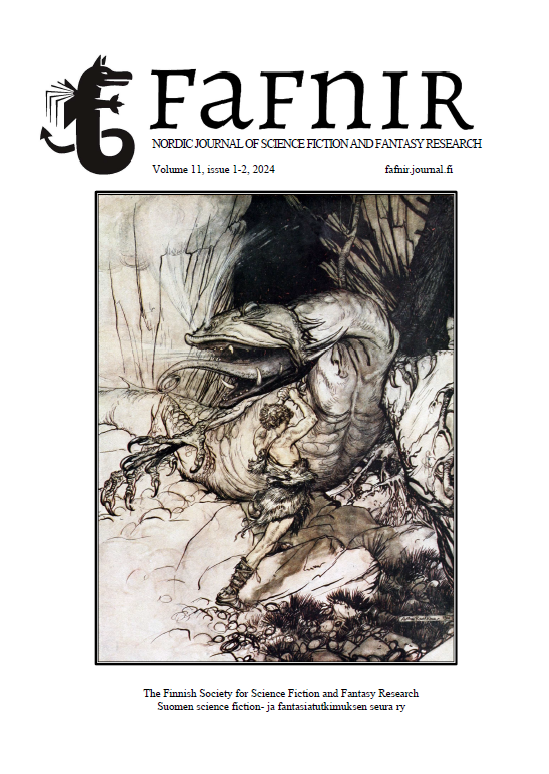Ant Similes in J.R.R. Tolkien’s The Lord of the Rings – an Analysis of Literary Technologies
Keywords:
epic simile, classical tradition, literary technologies, The Lord of the RingsAbstract
This article investigates the use of similes in J.R.R. Tolkien’s writing as literary-technological design that partakes in traditional means for narrative meaning-making repurposed for his fantasy in The Lord of the Rings. I argue that by focusing intensely on these features in Tolkien’s textual design, it is possible to support ongoing scholarship on the literary influences and sources of Tolkien’s legendarium with a less directly comparative method. This approach can illuminate, on one hand, Tolkien’s strategies in deploying traditional literary technologies, and on the other hand, the purposive redesign of these technologies for the specific storytelling needs of his fantasy writing. My analysis focuses on a series of similes in The Lord of the Rings that compare orcs to ants, showing that the similes are applied with a consistent overall strategy that highlights an important thematic strand in Tolkien’s legendarium. Through this analysis, I demonstrate how the adaptive use of similes exemplifies the idea of purposive design. On a more interpretive level, I explore the functional envelope of the simile as a narrative technology, and its implications for meaning-making within Tolkien’s storyworld and beyond.
Downloads
Published
Issue
Section
License
Copyright (c) 2024 Juha-Pekka Alarauhio

This work is licensed under a Creative Commons Attribution-NonCommercial 3.0 Unported License.
Content in Fafnir is licensed under Creative Commons Attribution-Non Commercial 3.0 Unported License (CC BY-NC 3.0).
Beginning in November 2019, authors retain full copyright without restrictions. By publishing with Fafnir, authors grant a non-exclusive license to Fafnir to distribute the publisher’s version of the work, and give Fafnir permission to grant reprint and/or translation requests in accordance with our open-access policy and our Creative Commons license.
Prior to November 2019, copyright for all published material is held by Fafnir, but authors have full permission to use their work as they wish (i.e., self-archiving, reprint requests, using for other projects, etc.).
In both cases, re-use or re-posting of material published in Fafnir must acknowledge original publication and include a link to the publisher version.


